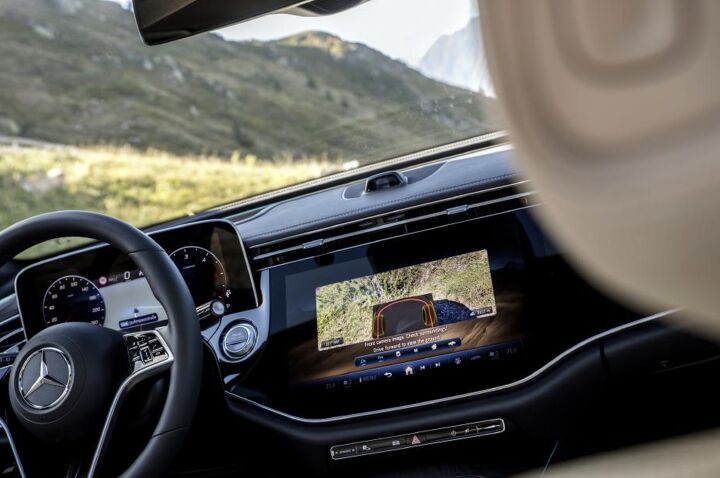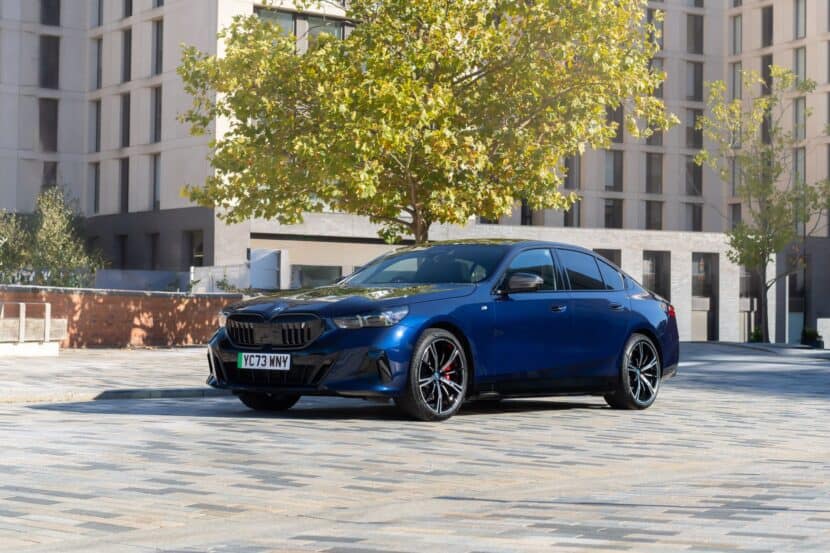The Department of Transportation’s National Highway Traffic Safety Administration (NHTSA) had released updates to the New Car Assessment Program (NCAP) with a major focus on implementing advanced driver assistance technologies on all vehicles. The assertion is that this will help bolster safety and reduce on-road fatalities. But the reality may be significantly more complicated.
“This action today is another important step toward addressing the crisis on our roads and achieving the Department’s ambitious, long-term goal of zero road fatalities,” U.S. Transportation Secretary Pete Buttigieg stated. “Like our move earlier this year to make automatic emergency braking standard on new passenger cars and light trucks, these changes to the 5-Star Safety Ratings will speed up adoption of technologies that reduce the frequency and severity of crashes while helping consumers make informed decisions about buying a new car.”
The NCAP update was part of the Bipartisan Infrastructure Law, passed by the Biden administration in November of 2021, which was quite aggressive in terms of strengthening the NHTSA’s budget. But it also set the stage for the Department of Transportation (DOT) to start mandating advanced driving aids on new vehicles.
Updates included within the NHTSA release are as follows:
The addition of four advanced driver assistance technologies that will enhance crash-avoidance safety: pedestrian automatic emergency braking, lane keeping assist, blind spot warning and blind spot intervention.
Updated and strengthened testing procedures and performance criteria for advanced driver assistance technologies that are already included in NCAP, such as automatic emergency braking.
The addition of a crashworthiness pedestrian protection program to evaluate the ability of a vehicle’s front end to mitigate pedestrian injuries and fatalities in vehicle-to-pedestrian impacts.
Midterm and long-term roadmaps to accommodate future updates amid ongoing research and technological advancements in vehicle safety, including crash avoidance and crashworthiness improvements to protect bicyclists and motorcyclists and an updated rating system.
While some of the above are potentially helpful (e.g. blind spot warnings), others may not have unintended consequences. The above rules would effectively make it illegal to produce any new vehicle that is built with direct, mechanical controls. Brakes and steering would need to be run through the vehicle’s software for things like automatic braking and lane keeping assist to function. This is something that the industry was already doing, with the NCAP changes meaning there is no way to get back to basics — likely to the chagrin of automotive purists (who don’t want to fight their vehicle for control) everywhere.
The focus on pedestrian safety is admirable. However, past government excursions into that territory have limited the ways in which vehicles could be designed. Remember wedge shaped cars, large metal bumpers, and pop-up headlights? Those all died because the government was worried about pedestrian safety. While we wouldn’t mind if those changes had been effective, pedestrian fatalities still reached a 40-year high in 2023.
Some of us are likewise skeptical about whether or not these advanced driving systems actually improve safety. There are loads of studies suggesting that drivers actually become more passive ( or distracted) with the knowledge that these systems exist and may actually become more dangerous as they’re lulled into a false sense of security.
This theory is supported by the fact that vehicular fatalities actually begin to spike at roughly the same time we started to see the above technologies being implemented as standard equipment. Despite the fact that today’s cars are more technologically advanced than ever before and can “intervene” in emergencies.
But that could be attributed to other factors. Roadway conditions have undoubtedly worsened inside the U.S. and there’s a significant disparity in mass between new and old vehicles that didn’t exist before. Americans are likewise keeping vehicles on the road for longer, perhaps leaving them in worse condition in general. The normalization of touch screens, which steal far more attention than older ways of interfacing with a vehicle, were also becoming common at the same time as advanced driving aids. All of the above have assuredly played some role in terms of safety.
There are less-speculative drawbacks to the NCAP changes, too. Mandating this tech will undoubtedly continue to raise the price of new vehicles and any subsequent repair bills. Small, affordable vehicles will be among the worst affected with MSRPs potentially rising by thousands of dollars.
Additionally, there are some rather severe privacy concerns that accompany these suggested changes. Within the Bipartisan Infrastructure Law there were provisions to require some kind of driver-monitoring functionality, which will almost assuredly mimic the camera systems being implemented into European vehicles and some American cars using hands-free driving systems. This creates additional concerns about privacy at a time when vehicle owners are already upset that their driving data is being sold off by manufacturers. With in-cabin cameras, the sky is basically the limit in terms of privacy violations.
Considering the NCAP update seems to focus on things automakers were already doing and presumably wanted to implement, your author is a little skeptical on the efficacy here. The NHTSA seems overwhelmingly convinced that mandating advanced driving aids will promote roadway safety while totally ignoring other factors that are very obviously relevant. It seems silly to update NCAP while turning a blind eye to modern vehicle sizing disparities, increases in the number of unlicensed drivers, lacking driver education programs, the normalization of distracting touch screens, deteriorating roads, and rising rates of substance abuse.
[Image: Mercedes-Benz]
Become a TTAC insider. Get the latest news, features, TTAC takes, and everything else that gets to the truth about cars first by subscribing to our newsletter.
Source: The Truth About Cars



